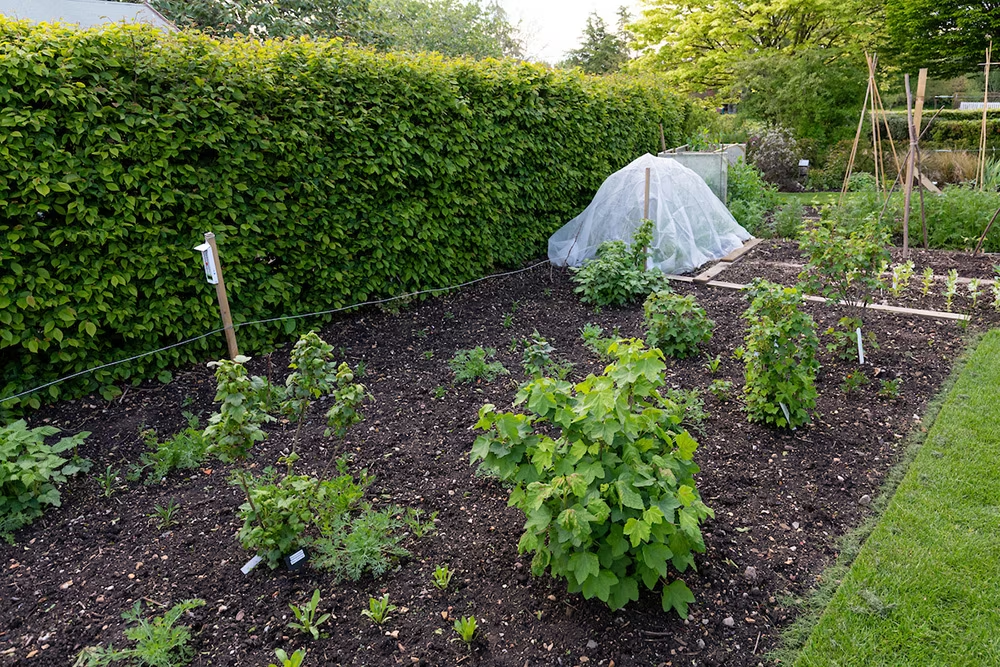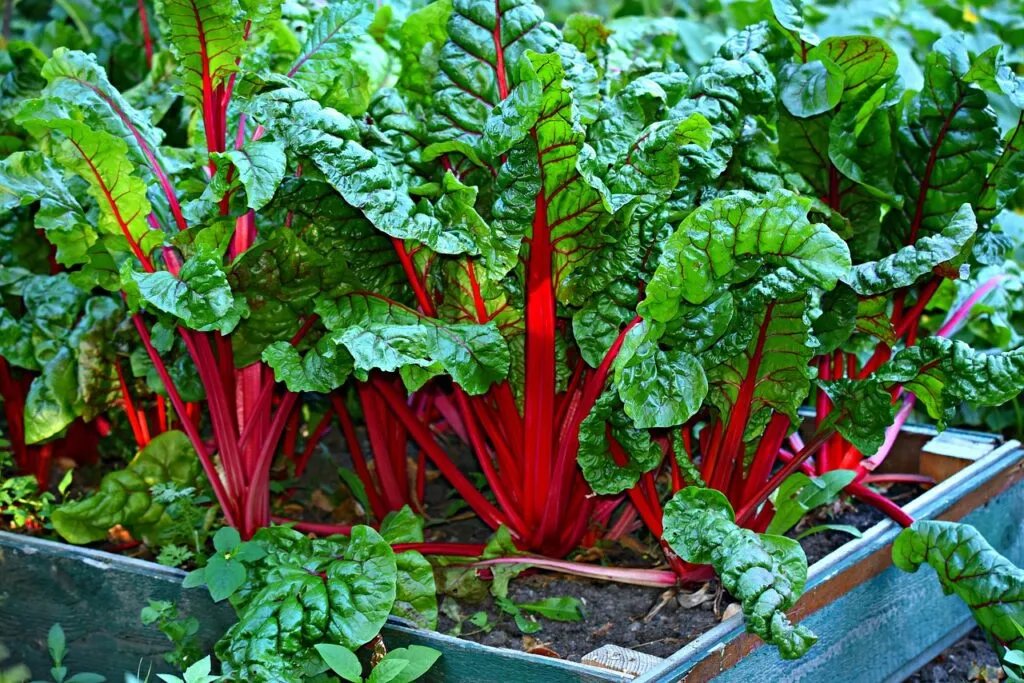By Ann Marie Hendry, January 25, 2018
In an ideal world, every garden would have a perfect balance of sun, shade, fertile soil, and good drainage. However, most of us don’t have such a setup, and creating the perfect garden space can be expensive and labor-intensive. The good news is that you can still grow a variety of plants in less-than-ideal conditions with a few smart strategies. Here are some helpful tips to thrive in gardens that are shady, windy, or dry.
1. Managing a Shady Garden
Many gardeners are frustrated by shady spots, but these areas can actually benefit certain crops. For example, during the hot summer months, shade from trees can keep leafy greens like lettuce, arugula, and kale from wilting or bolting. In autumn, when sunlight is limited, the shade can protect crops from excessive heat, and with a cold frame or row cover, some plants can continue to grow through the winter months.
While crops grown in shade may not yield as much as those in full sun, many vegetables tolerate partial shade. Salad greens, carrots, beets, chives, and even kale can thrive. Certain fruits, like sour cherries and gooseberries, also adapt well to shaded areas.

To maximize sunlight, avoid overcrowding plants and consider using climbing plants, like beans, that can reach for the sun. Raised beds or containers can elevate plants above the ground-level shade, and using reflective surfaces such as white-painted fences or aluminum foil can bounce light onto your plants. Additionally, pruning tree branches to allow more sunlight into the garden can be helpful, especially if you focus on cutting back lower branches or thinning the tree’s canopy.
2. Coping with Windy or Exposed Gardens
Wind can be a major challenge, but windbreaks can help protect your plants. Solid walls and fences, while providing some shelter, can create wind tunnels that lead to plant damage. A better option is a porous windbreak, like a slatted fence or a deciduous hedge (e.g., beech or hawthorn). These provide wind protection while still allowing air circulation, reducing the chance of fungal diseases.
For crops, beans and other tall plants can suffer in high winds, but runner beans are more resilient than pole beans. Sturdy supports, like a wigwam structure, can help beans stand up to strong gusts. Low-growing plants, like bush beans, squash, and salad leaves, tend to tolerate wind better, and crops with narrow leaves, such as onions, are less affected.

Wind can also damage greenhouses, so opt for a hoop house if possible. Its curved shape sheds wind more effectively than a traditional glass greenhouse.
3. Thriving in Hot and Dry Conditions
Extreme heat and dry conditions can stress plants, even those that typically love the sun. During hot spells, use shade cloths or plant taller crops in front of more vulnerable ones to protect them from intense sunlight.
Tomatoes, peppers, and eggplants, for example, may struggle with hot, dry weather, so maintaining consistent soil moisture is key. An automatic watering system, like soaker hoses with a timer, can help you keep the soil evenly moist without spending too much time on manual watering. Additionally, mulching with organic matter such as compost helps retain moisture in the soil, reducing evaporation and keeping roots cool.

In very dry conditions, crops with shallow roots, like beets, are especially prone to wilting. Regular mulching after watering helps lock in moisture and prevent this problem.
While it’s not always possible to transform your garden into the perfect growing environment, applying these tips can greatly improve your success in difficult conditions. Whether you’re dealing with shade, wind, or heat, with a bit of planning and resourcefulness, you can enjoy a thriving garden. Do you have any tricks for managing tough garden conditions? Share your ideas with us in the comments!
